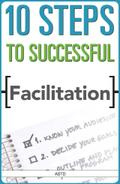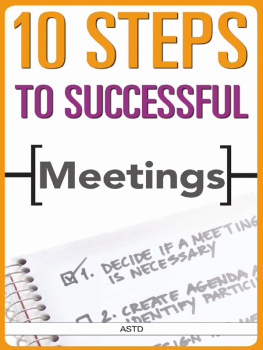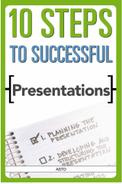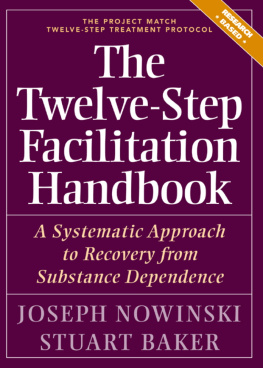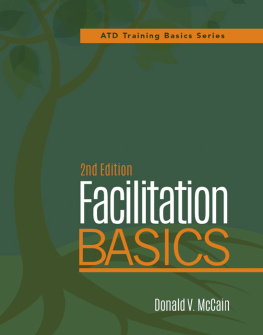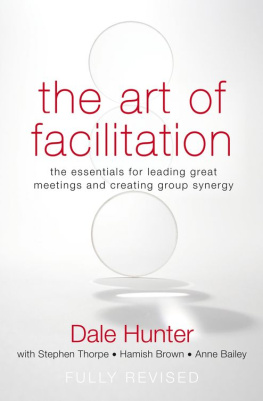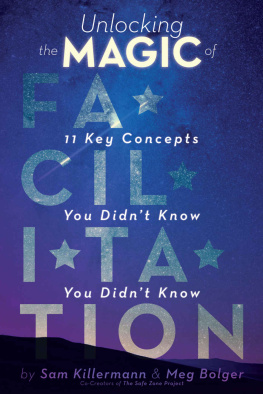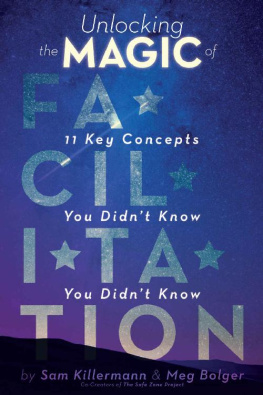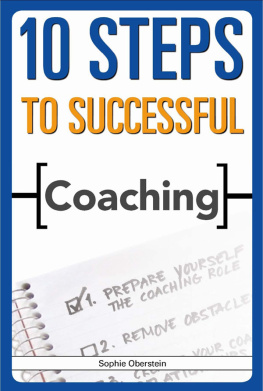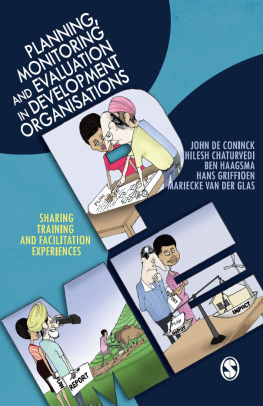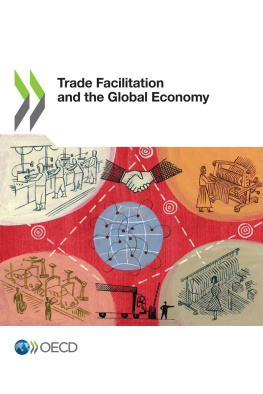Lets face it, most people spend their days in chaotic, fast-paced,time- and resource-strained organizations. Finding time for justone more project, assignment, or even learning opportunitynomatter how career enhancing or usefulis difficult to imagine. The 10 Steps series is designed for todays busy professional who needsadvice and guidance on a wide array of topics ranging from projectmanagement to people management, from business strategy to decisionmaking and time management, from stepping in to deliver apresentation for someone else to researching and creating a compellingpresentation as well as effectively delivering the content. Eachbook in this ASTD series promises to take its readers on a journeyto basic understanding, with practical application the ultimate destination.This is truly a just-tell-me-what-to-do-now series. Youwill find action-driven language teamed with examples, worksheets,case studies, and tools to help you quickly implement theright steps and chart a path to your own success. The 10 Steps serieswill appeal to a broad business audience from middle managersto upper-level management. Workplace learning and human resourceprofessionals along with other professionals seeking to improvetheir value proposition in their organizations will find thesebooks a great resource.
At one time or another, youve probably been part of a group charged with a mission-critical task and observed the group floundering ineffectively, barely able to get out of the starting blocks. Struggling to define their objectives, make decisions, and get procedures implemented, what the group needed was an effective facilitator.
A facilitator is a person who has no decision-making authority within a group but who guides the group to work together more efficiently, to create synergy, to generate new ideas, and to gain consensus and agreement. How do facilitators accomplish all of this? By helping to improve a groups processesmeaning the way the group works together, including how they talk to each other, identify and solve problems, make decisions, and handle conflict.
Facilitation skills are essential today for all professionals dealing with any kind of work groups including management, a board, top leadership, task forces, committees, project teams, and so on.
The thought of facilitating a meeting often ranks at the top of the list of what people fear the most. So how do you go about developing and facilitating an effective, results-oriented meeting? 10 Steps to Successful Facilitation provides the key information you need to accomplish this goal. You can jump to any step in the 10step process or start at the beginning. These steps include
- understanding what facilitation is and knowing the audience
- developing the facilitation plan
- planning the facilitation content
- using facilitation tools and techniques to engage participants
- integrating media and technology for impact
- preparing to facilitate
- leveraging strategies to deal with group conflict and difficult participants
- creating a climate for an effective facilitation session
- facilitating with a business focus
- evaluating how you did.
10 Steps to Successful Facilitation is part of the 10 Steps series and was written to provide you with a proven process, quick reference tips, and practical worksheets to help you successfully facilitate any session or meeting. We hope that the tips and tools contained in this book will guide you each step of the way in developing and delivering an effective facilitation session.
The art of facilitation involves processes and skills that help groups to function effectively. The fact is, facilitation is not about youit is about the group. The purpose of facilitation is to guide a group to an agreed-upon destination or outcome. As such, facilitators often point participants in the right direction, make suggestions, take steps to enhance the experience for the participants, and give guidancebut do not do the work for the group.
Standing in the spotlight as the facilitator can be a scary and daunting experience. Successful facilitators leverage effective questioning techniques, elicit participation from group members, aid in generating ideas, and usher the group down a path to mutual agreement.
Because of the powerful nature of facilitation in accomplishing goals and objectives, todays business professionals are all expected to facilitate groups and processes at some point in time. It is therefore a necessary component of every professionals business acumen.
This book, 10 Steps to Successful Facilitation, provides techniques for identifying the right participants to invite into the group and supplies the framework for developing an effective facilitation plan. Tips and examples given in each chapter help to guide you through the entire facilitation process from planning through facilitating and evaluating results.
Use the key steps in this book as needed. For example, if you have been asked to facilitate a meeting with a predefined agenda and plan, then you should perhaps focus on steps 410. Or, if you have been asked to facilitate a group for a new project in its infancy and you are faced with a completely blank slate, then it might be most appropriate to start with step 1 and work through all steps systematically.
This book focuses on
- defining facilitation and gathering information about the audience
- developing a facilitation plan
- planning a facilitation session
- using tools and techniques to engage the group
- integrating media and technology for impact

